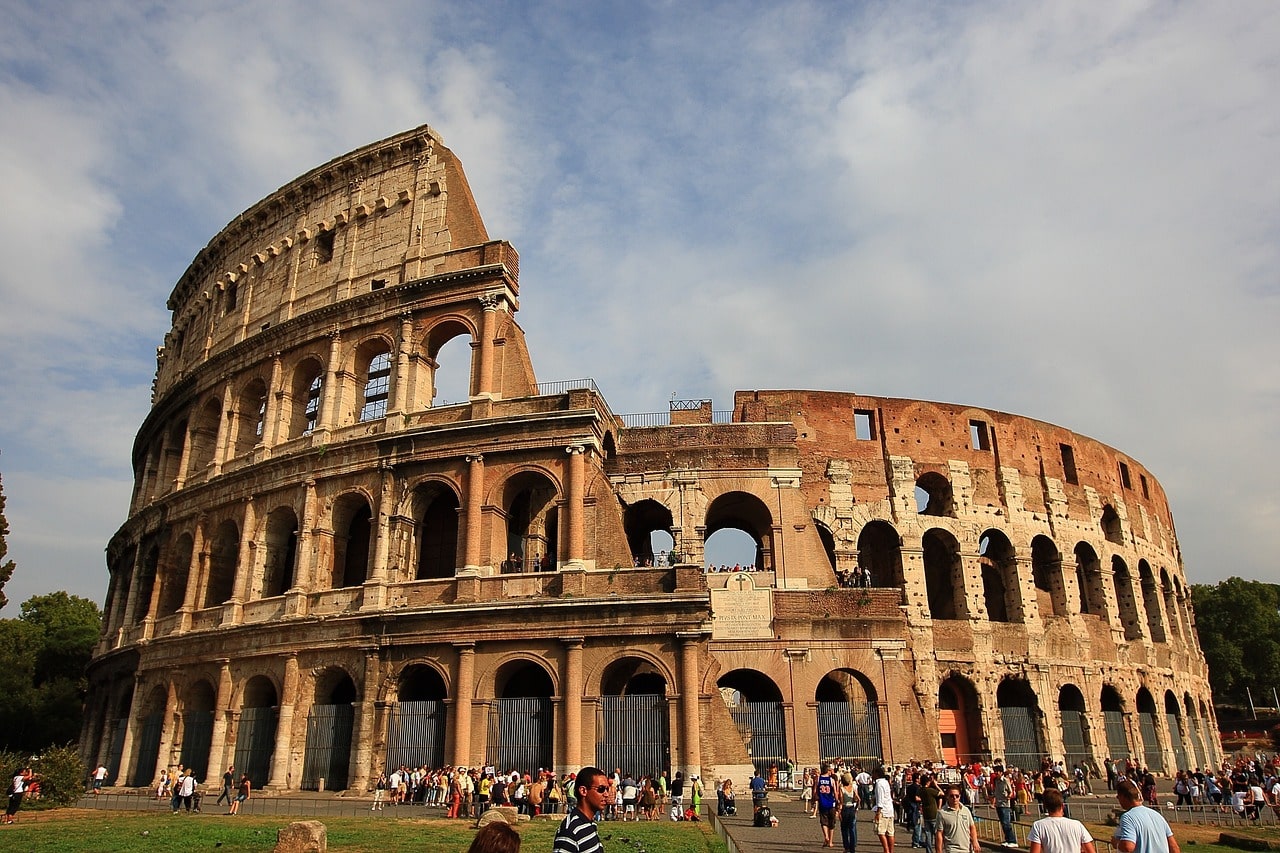Italy, with its unparalleled cultural heritage and stunning landscapes, remains a perennial favorite among travelers worldwide. From the ancient ruins of Rome to the suggestive rocks of the
Amalfi Coast, the allure of Italy is undeniable. However, amidst the allure,
it’s crucial for tourists in Italy to arm themselves with knowledge to ensure a smooth and enjoyable journey.
Today we want to inaugurate a new section of our blog in which to guide you through practical advice and useful curiosities about visiting the most famous Italian cities. Whether you’re a seasoned traveler or embarking on your first Italian adventure, in our column on Italian cities you’ll find a comprehensive guide to navigating the wonders of Italy while staying safe and avoiding common tourist pitfalls.
Table of Contents
Tourism in Italian Cities: Statistics & Facts
Italy stands as one of the most coveted destinations on the global tourism map, attracting over 60 million visitors annually. The country’s rich tapestry of art, history, and gastronomy beckons
travelers from every corner of the globe. Cities like Rome, Florence, and Venice stand as timeless monuments to Italy’s cultural prowess, drawing millions of visitors with their iconic landmarks and storied pasts. From the grandeur of the Colosseum to the intricate beauty of the Sistine Chapel, Italy’s allure lies in its ability to transport visitors through time and space, leaving an indelible mark on their hearts and minds.
Delving deeper into the statistics, it’s evident that Italy’s tourism industry is a powerhouse in its own right. The Colosseum in Rome, with its towering arches and legendary history, stands as a testament to the country’s enduring legacy. Similarly, the Leaning Tower of Pisa and the Vatican Museums serve as beacons of art and culture, drawing throngs of foreigners eager to immerse themselves in Italy’s rich heritage. Moreover, Italy boasts an impressive array of
UNESCO World Heritage Sites, ranging from the historic centers of Florence and Rome to the ancient ruins of Pompeii, each offering a glimpse into the country’s storied past and cultural significance.
Things Not to Do as a Tourist in Italy
While Italy’s charms are boundless, it’s essential for tourists to tread carefully and
respect local customs and traditions. When visiting churches or religious sites, it’s imperative to dress modestly and refrain from wearing revealing clothing out of respect for local customs. Furthermore, validating train tickets before boarding is essential, as ticket inspectors are vigilant, and fines for non-validated tickets can be exorbitant. Lastly, excessive drinking and rowdy behavior in public places should be avoided, as it can lead to unwanted attention and potential safety hazards.
5 Useful Tips for Safe Travel and Discovering Hidden Gems
Stay Vigilant in Crowded Areas: Pickpocketing can be a concern in bustling tourist spots, so it’s very important to keep your belongings secure and remain aware of your surroundings at all times.
- Respect Local Customs and Traditions: Demonstrating respect for Italy’s cultural heritage can go a long way in favoring positive interactions with locals. Learning a few basic phrases in Italian and adhering to local customs, such as greeting with a kiss on the cheek, can help bridge cultural divides and enhance your travel experience.
- Plan Ahead and Book Tickets in Advance: Long lines at popular attractions can eat into valuable sightseeing time, so it’s advisable to purchase tickets online in advance. This not only saves time but also ensures that you won’t miss out on must-see sights during your visit.
- Diversify Your Itinerary: While iconic landmarks like the Colosseum and the Vatican are must-visits, don’t overlook the charm of lesser-known neighborhoods and hidden gems. Exploring the least crowded and famous destinations allows for a more immersive and authentic experience of Italian culture and lifestyle.
- Invest in Comprehensive Travel Insurance: Accidents and emergencies can happen at any time, so it’s a good idea to have robust travel insurance coverage that includes medical assistance and trip cancellation protection. Peace of mind is priceless when exploring unfamiliar territory, allowing you to focus on making cherished memories without worry.
Tourist Visa in Italy
You don’t need a tourist visa in Italy if you are:
- A citizen from a Schengen Country
- A citizen from an EU or EEA member state or from Switzerland
- A citizen from another country that has been exempt from Schengen Visas
- A citizen who owns a residence permit/visa issued by another Schengen country.
If you need a visa, you will have to apply for it at the latest two weeks before your planned journey and not earlier than six months before your trip. To apply for the visa, you can go to the Italian Representation in your country (such as an Italian embassy or consulate) or a Visa Application Center, or, if there is no Italian Representation in your country, even the Representation of another Schengen country to which the Italian government has assigned this task.
Ready to Go!
With these insider tips and suggestions in hand, tourists can embark on a memorable journey through Italy’s enchanting streets and cultural landmarks. So pack your bags, embrace the spirit of adventure, and get ready to experience la dolce vita in the heart of Italy!



Lascia un commento
Comments